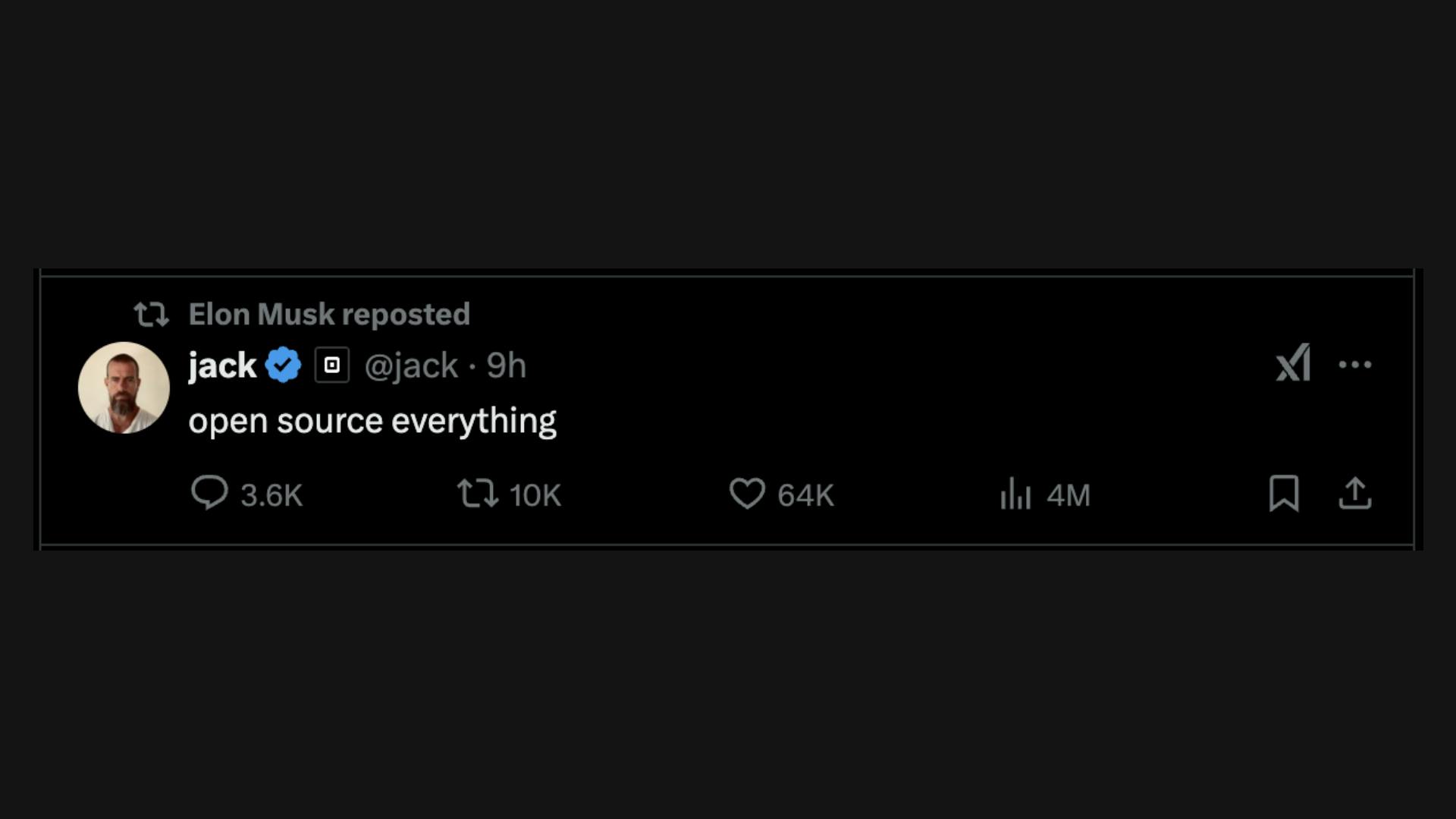When Jack Dorsey tweeted "open source everything" and Elon Musk amplified it, Silicon Valley had a collective panic attack. Here's why: They're not afraid of open source. They're afraid of what it reveals about their business models.
Let's be clear about something: The greatest trick Big Tech ever pulled was convincing you that closed systems were necessary for innovation.
Think about it. Right now:
-
Apple locks you into their ecosystem
-
Google tracks your every move
-
Meta owns your social connections
-
Amazon owns your purchase history
But here's what Silicon Valley doesn't want you to understand: Their moats are made of paper.
The real innovation isn't happening in walled gardens. It's happening in the open:
-
Linux powers the internet
-
Bitcoin revolutionized finance
-
Wikipedia beat Britannica
-
Python transformed computing
Here's the billion-dollar insight they're terrified of: In 2025, closed systems aren't just unnecessary – they're liability.
Let's break down what "open source everything" really means:
-
Code is transparent
-
Innovation is permissionless
-
Value accrues to users
-
Communities govern development
-
Competition drives excellence
The playbook they don't want you to see:
-
Open protocols beat closed platforms
-
Distributed networks beat centralized control
-
Community ownership beats shareholder extraction
-
Transparent systems beat black boxes
The revolution isn't just possible. It's inevitable.
Every day we wait:
-
Users lose more control
-
Innovation gets more stifled
-
Data becomes more siloed
-
The opportunity gets bigger
But here's where it gets interesting: The same companies fighting against open source are built on it. Your iPhone? Runs on open source. Google's AI? Built on open source. Facebook's infrastructure? Open source all the way down.
The greatest irony? They're making billions by closing what should be open.
The next great tech companies won't be built on secrets. They'll be built on transparency. They won't lock users in. They'll set them free.
Think about it:
-
Communication protocols
-
Social networks
-
Operating systems
-
Health data
-
Financial services
Everything can be open. Everything should be open. Everything will be open.
The blueprint exists. The technology exists. The movement exists.
All we need is the courage to build it.
Welcome to the open source revolution. The walls are coming down.
Are you ready to build in the open?
The trillion-dollar opportunity isn't in building better walls.
It's in tearing them all down.


